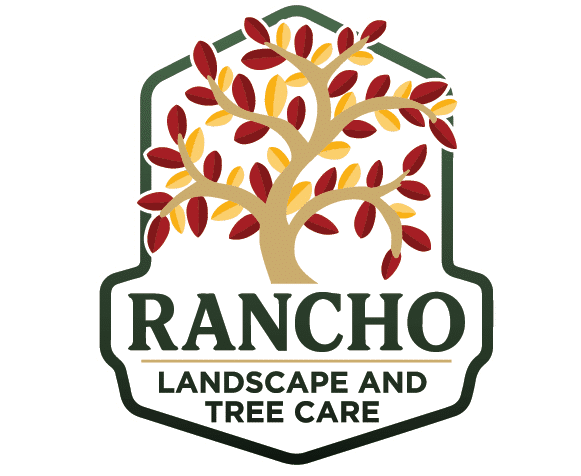
The trees on your Southern California property are a valuable asset. They provide shade, beauty, privacy, and can even increase your property’s value. But trees, like all living things, have a lifespan. When a tree becomes diseased, damaged, or is simply in the wrong place, it can transform from a beautiful asset into a significant liability. Making the decision to remove a mature tree can be a difficult one for any homeowner. However, recognizing the signs that a tree is no longer safe or healthy is crucial for protecting your property, your home, and your family from the danger of a potential fall.
Key Signs That a Tree May Need to Be Removed
A professional arborist should always make the final assessment, but there are several clear warning signs that homeowners can look for.
- The Tree is Dead or in Severe Decline: This is the most obvious reason for removal. If more than 50% of the tree is dead or damaged, it likely needs to be removed. Look for a lack of leaves or leaves that are discolored and misshapen during the growing season, large dead branches, and peeling bark on the trunk.
- The Tree is Leaning Severely: While some trees may have a natural lean, a sudden and significant lean, especially after a storm or if the soil around the base is heaving, is a major red flag. This indicates that the root system is failing and the tree is at high risk of falling.
- Visible Signs of Disease or Pest Infestation: Look for signs of fungal growth, such as mushrooms growing on the trunk or around the base. Large, deep cracks (cankers) in the trunk or major branches can also indicate a serious disease. Significant pest damage, like that from certain types of borers, can weaken the tree from the inside out. As the U.S. Department of Agriculture (USDA) often highlights in its pest advisories, invasive species can be particularly damaging to local trees.
- Major Trunk or Root Damage: If the trunk has a large, deep cavity, is hollow, or has major structural wounds from a past storm or improper pruning, its integrity may be compromised. Similarly, if construction or trenching on your property has severed a significant portion of the tree’s major roots, the tree may no longer be stable.
- The Tree is Too Close to a Structure: A tree that was planted too close to your house, a power line, or another structure can become a major problem as it grows. The roots can damage your home’s foundation, and the branches can damage your roof or interfere with power lines. In these cases, removal is often the safest long-term solution.
Why Professional Tree Removal is Essential
Removing a large tree is one of the most dangerous jobs in any trade. It is absolutely not a DIY project. It requires a deep understanding of tree physics, specialized rigging equipment, and a meticulous, step-by-step process to dismantle the tree safely without causing damage to your property or injuring people.
A professional, insured tree service will:
- Assess the tree and the surrounding area to create a safe removal plan.
- Use ropes and specialized rigging techniques to carefully lower large branches and sections of the trunk to the ground in a controlled manner.
- Have the right safety gear and insurance to protect their crew and your property.
As safety organizations like the Occupational Safety and Health Administration (OSHA) point out, the tree care industry has significant hazards, reinforcing the need for property owners to hire qualified professionals.
Your Southern California Tree Removal Experts
Making the decision to remove a tree is a big one. If you have a tree on your property that you are concerned about, the first step is a professional assessment. For homeowners throughout Southern California, the certified team at Rancho Tree Care has the expertise to evaluate the health and safety of your trees and perform professional tree removal services. Contact us today for a consultation.
